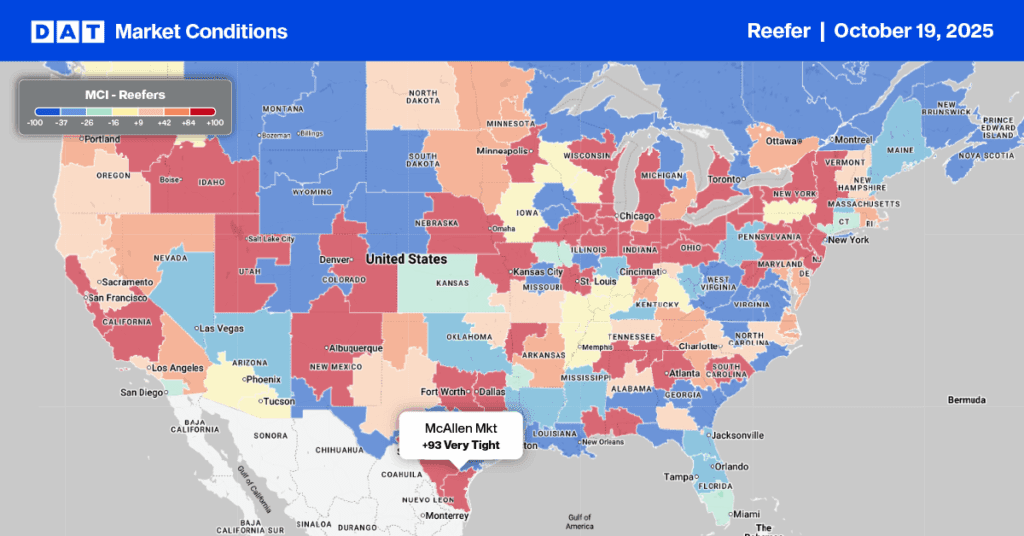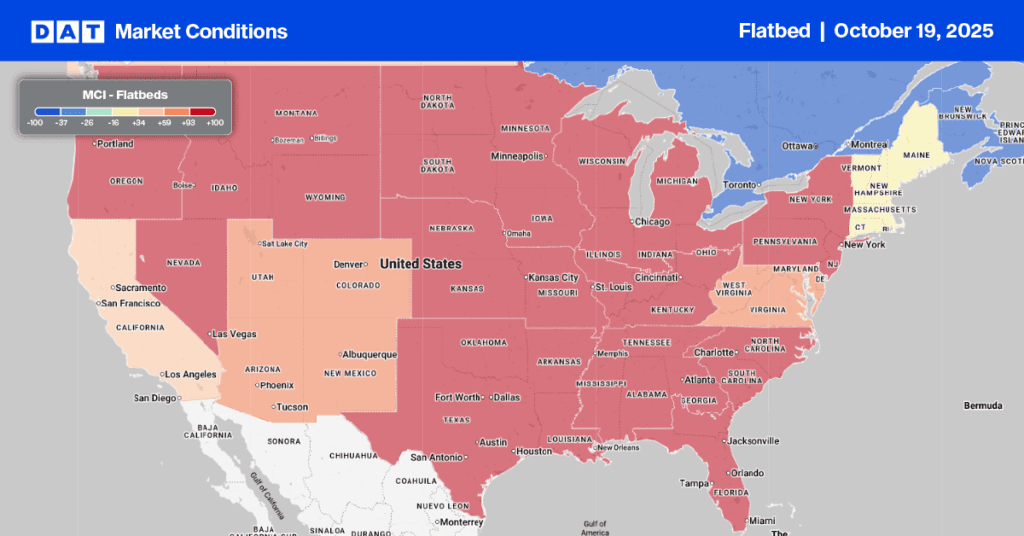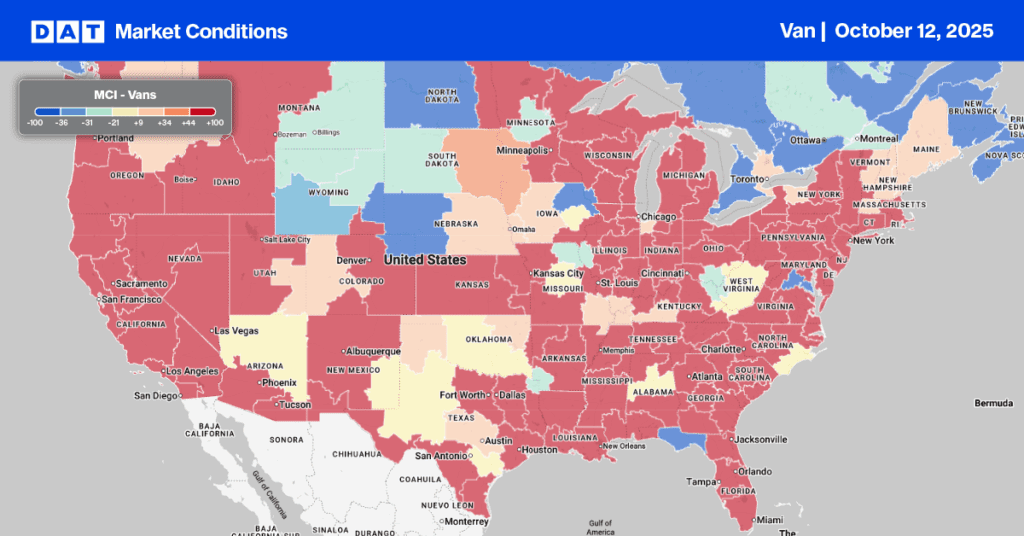On a recent DAT Freight & Analytics iQ show, Ibrahiim Bayaan, Director Americas Industrial at Nuveen, discussed the 2023 economic outlook for the commercial warehouse development. Here’s part of the interview with Ken Adamo, Chief of Analytics, and Dean Croke, Principal Market Analyst.
Dean Croke (DC): Where do you think commercial warehouse development is headed now demand is cooling down?
Ibrahiim Bayaan (IB): To put it into perspective, let’s start by saying that industrial warehousing development and demand have been as hot as ever, especially since the onset of the pandemic. Since then, the industry has been on fire with record demand in the sector. If you think about how the pandemic impacted commerce in this country, everybody was forced home and began buying things online, catching many companies flat-footed. They still need to set up their operations to scale their e-commerce fulfillment, so they’ve been trying to scramble to catch up ever since.
There’s been just an insatiable demand for industrial space closely tied to the economy and industrial demand performance. Hence, as the economy cools, industrial demand also tends to cool down. Demand will not evaporate entirely as there are still a lot of long-term tailwinds that help industrial demand. The real challenge for the sector is on the supply side; many developers have been responding to that earlier surge in demand.
As we look across the country, quite a few markets have record numbers of new buildings under construction. We see an interesting dynamic emerging as demand starts to moderate and supply begins to pick up. We expect to see vacancy rates increase over time –right now, we’re looking at 4% for all available industrial space compared to historic norms of around 6.5%.
Ken Adamo (KA): Do you see any transition, whether geographically or in the makeup of this warehousing space, to satisfy the E-commerce boom?
IB: Geographically, the industrial sector is developing much closer to large population centers. If you were to look back 30 years ago or so, that wasn’t necessarily the case. In pre-pandemic times, industrial space was being built in areas where land was cheap. Today, the speed of e-commerce creates pressure to get things to the consumer as quickly as possible, changing how companies think about locating warehouses.
Cities like Stockton, CA, a relatively small town in northern California, haven’t historically seen a lot of industrial development. Still, over the last five to 10 years, we’ve seen that area explode because major cities like Sacramento and San Francisco are so close. Regarding changes in warehouse design, the e-commerce boom requires higher internal ceilings to accommodate higher pallet racking than in the past.
Labor is the other big issue driving automation. Automation has become one of the ways companies are using to get around the short labor supply. The better you can automate some of these warehouses, the better you can staff and operate in an economy where labor is hard to come.
DC: Can you share some thoughts on how nearshoring supply chains to Mexico impacts warehouse capacity along border markets?
IB: As we start to source more of our products from Mexico, cities like El Paso are seeing more warehouse development. The closest to some of these trade routes is essential when considering warehouses and their location. So if you think about a port city like Savannah, we see massive warehouse development. The same is occurring in major international air hubs like Atlanta, where there is access to trade routes access, major highways, and access to ports. That’s where there’s been an unprecedented wave of just like new construction following this unparalleled wave of demand.
The full interview can be found here.


